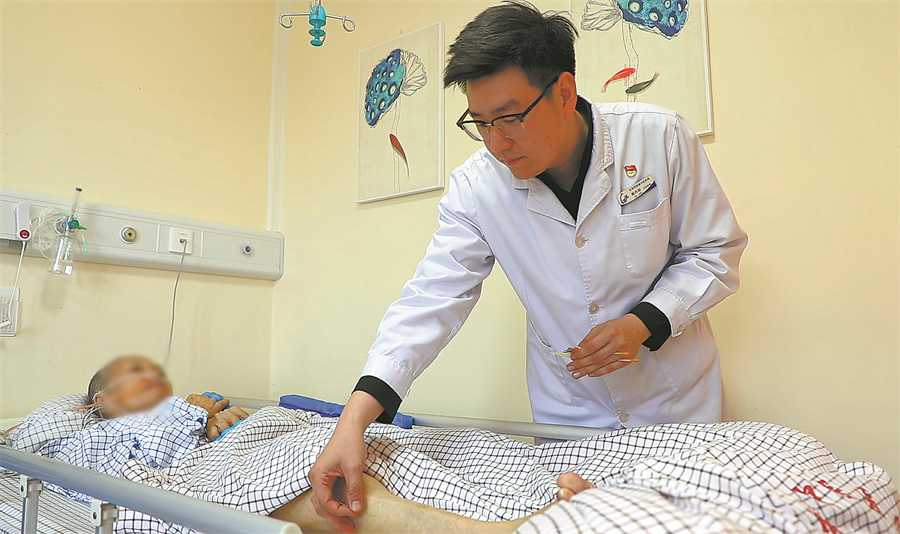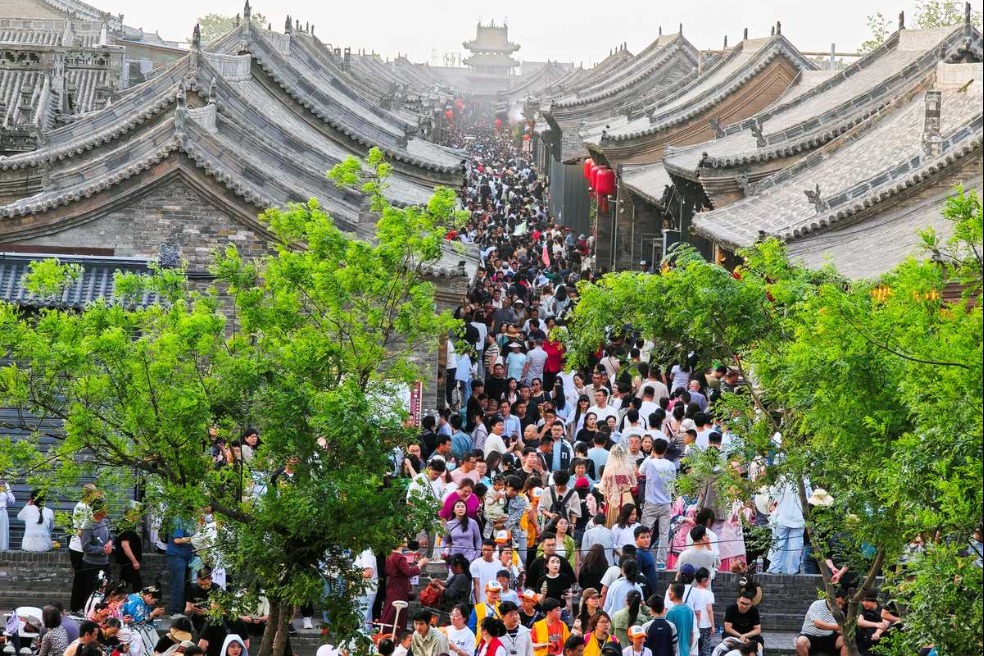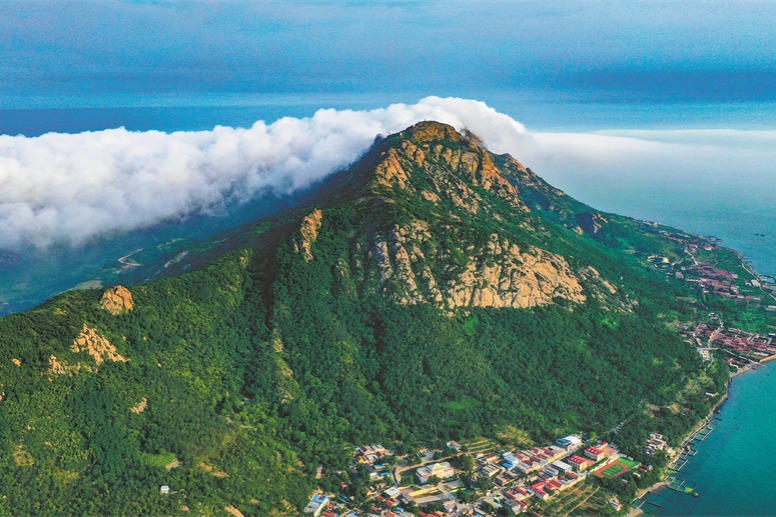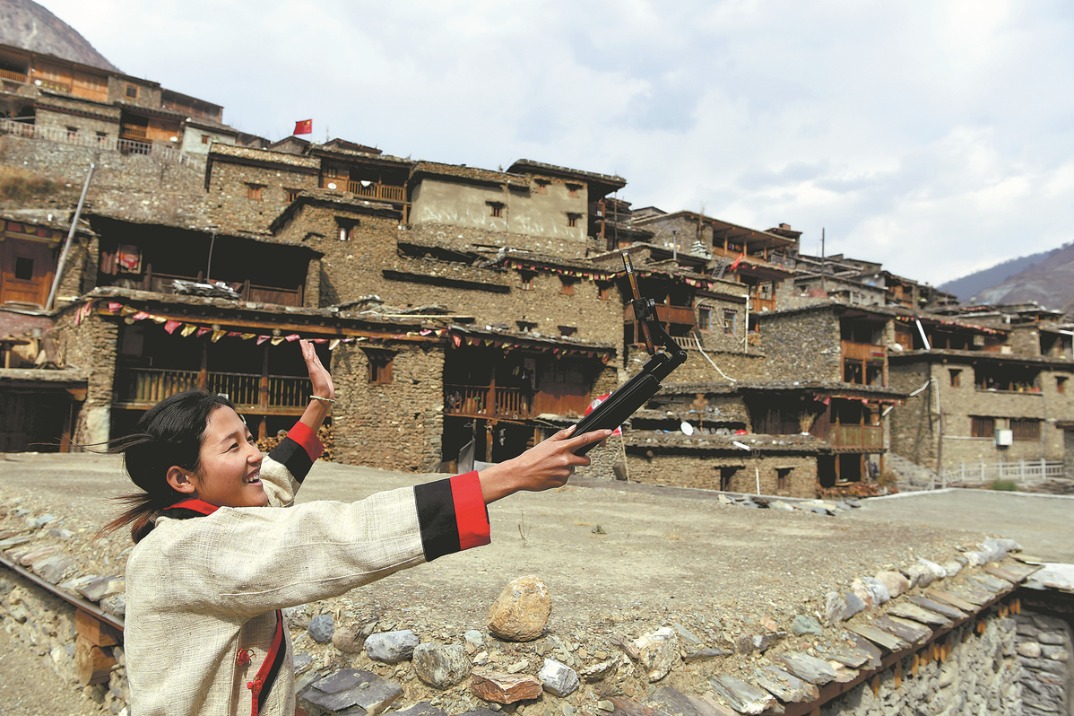Finding dignity and peace at the end of life
As nation's population ages, cultural taboo of hospice care slowly lifted


Overwhelmed system
At Beijing Tsinghua Changgung Hospital, the palliative care ward consists of just eight beds: four single rooms and two double rooms, the latter often used for day patients requiring short-term pain management. The limited capacity underscores the severe shortage of hospice care services across the country.
Traditional beliefs also play a role. Many Chinese families prioritize prolonging life at any cost, reflecting the sentiment captured in the saying: "It's better to live a wretched existence than to experience a good death."
This cultural mindset often leads to aggressive medical interventions, even in the face of terminal diagnoses.
"Pain can range from mild to severe," explained Li Zhigang, an attending physician in the Pain Management Department at Beijing Tsinghua Changgung Hospital. "Severe pain usually requires advanced treatments, such as spinal cord stimulation, nerve blocks, or intrathecal pain pump implantation."
Cancer-related pain is a significant challenge. In 2022, China reported 4.8 million new cancer cases, the highest number in the world. Among late-stage cancer patients, 60 to 80 percent experience pain, with one-third suffering from severe symptoms.
"Late-stage cancer patients often have complex needs. Beyond pain, they may experience shortness of breath, nausea, bowel obstruction, or edema," said Li Yaling, head nurse of the hospital's palliative care ward.
"Only with specialized care can we provide the comfort these patients deserve."





































